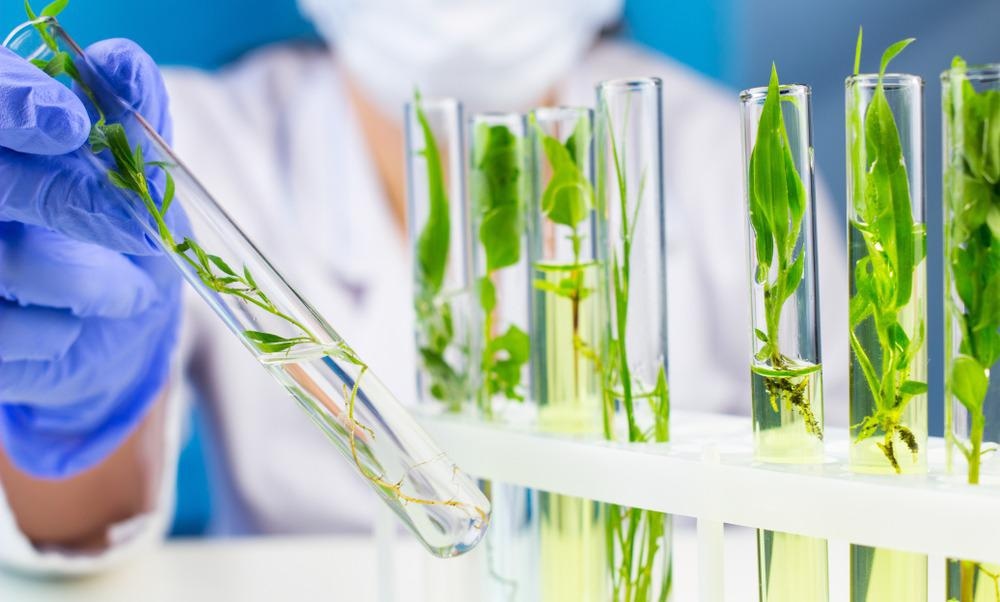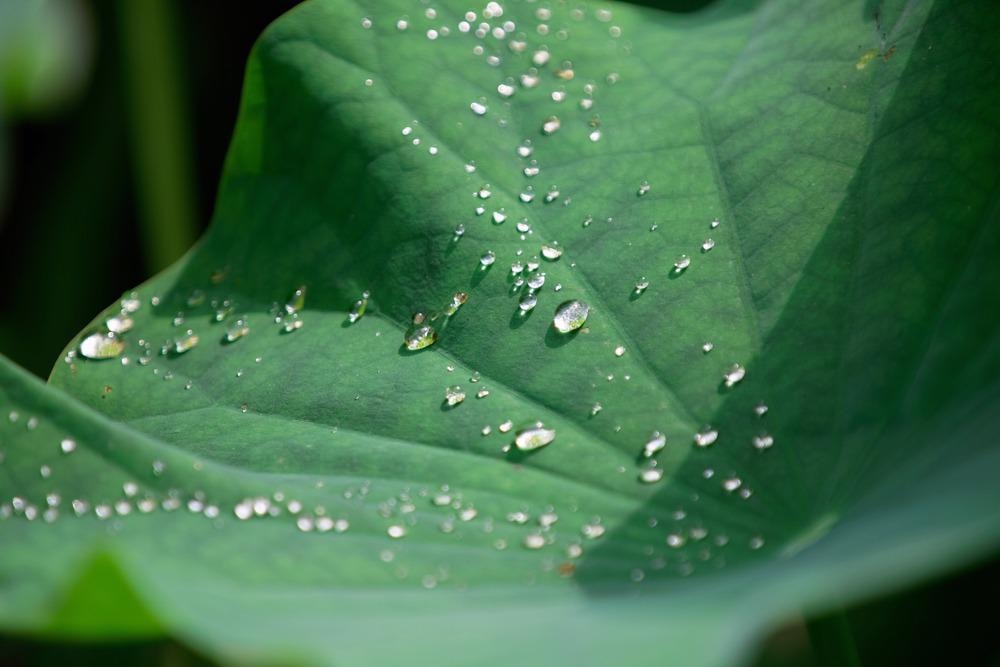Nature has often served as a source of inspiration for many professionals ranging from artists to material scientists. Within biotechnology, natural materials are often a source of inspiration due to their inherently unique properties, such as their ability to withstand impact force and energy.

Image Credit: MW 3DStudio/Shutterstock.com
Nature also offers a wide range of eco-friendly materials such as biopolymers and microbial plastics, allowing several companies to transition towards more sustainable practices.
Introduction
The utilization of natural biological mechanisms and structures for the development of various technologies is often referred to as 'biomimicry.' By definition, biomimicry looks to understand the fundamental principles of biological processes and subsequently apply these concepts to the development of bio-inspired products.
As a result of the diversity of all biological organisms ranging from a single cell to humans, researchers have also been inspired by a wide range of diverse organisms for the development of new technologies. One recent study has found that plants and insects are the most popular sources of biomimicry, which is likely due to the diversity and survival capacity of these species.
Moreover, the vast size of both of these groups, estimated to be around 1,000,000 insect species and 300,000 plant species, contributes to the vast diversity of these groups that contributes to their global distribution and a high degree of diversity. Both plants and insects have also developed exceptional survival methods for their given environments that serve as a source of inspiration for researchers looking to develop robust technologies.
Biomimicry and material development
When utilized as a source of inspiration for the design and development of materials, biomimicry is often categorized into four different groups. These include smart materials, materials based on surface modification, material architectures, and targeted applications.
Smart materials
Biomimetic smart materials, for example, will often look to natural processes to design materials that can similarly react and change in response to external stimuli. These adaptive response materials can include intelligent nanomaterials, trigger release structures, materials that change their color and/or stiffness based on specific stimuli, as well as moisture responsive and hydrophobicity change materials.
Several different types of organisms are capable of detecting the presence of chemical stimuli due to the presence of specific and highly sensitive receptors. The most common chemical stimuli that have served as a source of inspiration for biomimicry applications include pH changes and metal ions.
For example, hydrogel-actuated integrated, responsive systems (HAIRS) are based on the sensing mechanisms of cilia present on the skin of both fish and amphibians. In the event that a pH change occurs, the hydrogel of the HAIRS will transition from a contracted state to a swollen and straightened position.
Aside from detecting chemical stimuli, physical stimuli like light, heat, and water content can also prompt changes in smart materials. Recently, energy-efficient gas and electric heaters have drawn inspiration from the ability of the lobster eye, for example, to focus and direct infrared radiation (IR) waves.
Surface modification
The second category of materials inspired by nature includes those designed to change their surface characteristics. These types of materials can include anti-repellant, anti-reflective, and anti-bacterial surfaces, as well as adhesive stamps and anti-abrasive coatings.
Water-repellent materials, for example, have often drawn inspiration from the hydrophobic surfaces of plants. The Lotus leaf effect, for example, has inspired the development of various water-repellent technologies, including Lotusan®, NanoSphere®, and Greenshield®. Bacterial biofilms have also been used in various applications due to their ability to repel water and various other liquids, including ethanol and acetone.

Image Credit: CHEN MIN CHUN/Shutterstock.com
Material architectures
Biomimetic materials can also feature novel shapes and structural arrangements that resemble natural materials. Some of the different characteristics often sought after for these materials include lightweight, high strength, and thermal insulation.
Natural endo- and exoskeletons, for example, have often been looked to as a source of inspiration for the development of high-strength materials. The skeletons of birds, for example, are lightweight and consist of many pneumatized bones that consist of crisscrossing internal structures, all of which contribute to their tensile strength during the flight. As a result, avian bones' shape and material properties have been used as a source of inspiration for developing new and lightweight structures for airplanes.
The forewings of beetles, which are otherwise known as beetle elytra, consist of two hardened layers that are formed by a series of interconnecting attachments. Beetle elytra's unique structure allows these forewings to resist high pressures, which is a highly desirable property of many new construction materials.
The external layers of human teeth feature several microcracks that absorb the pressure of daily eating to repair themselves and prevent major cracking in the future. This natural adaptation by human teeth to continuous stress has also been a source of inspiration during the design of new synthetic materials capable of resisting mechanical stress.
Targeted applications
Biomimicry can also enhance existing technologies using a specific type of adaptation rather than developing an entirely new type of technological platform. These targeted applications have advanced various existing materials, including glue, rubber, ceramics, and medical applications
Last Updated: May 16, 2022